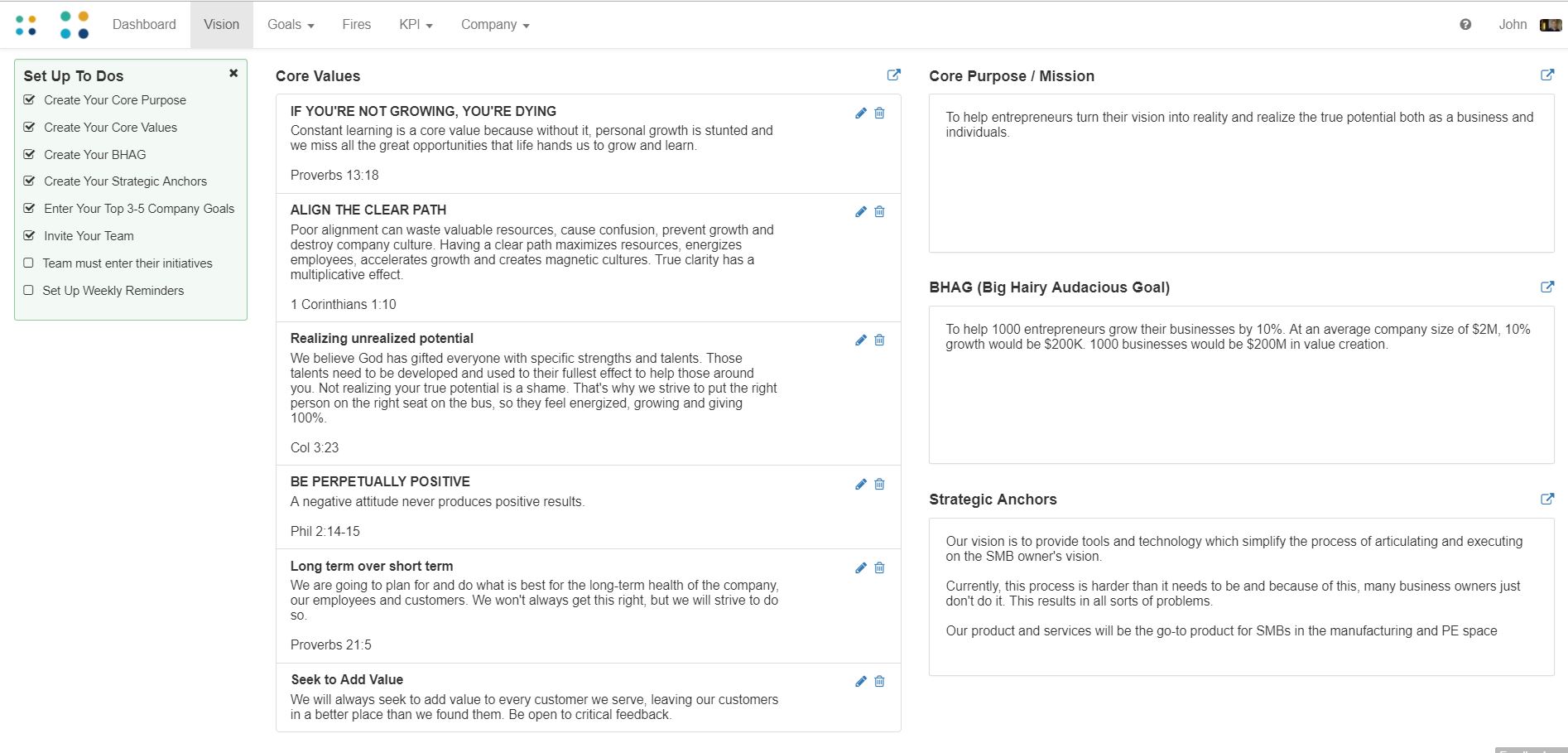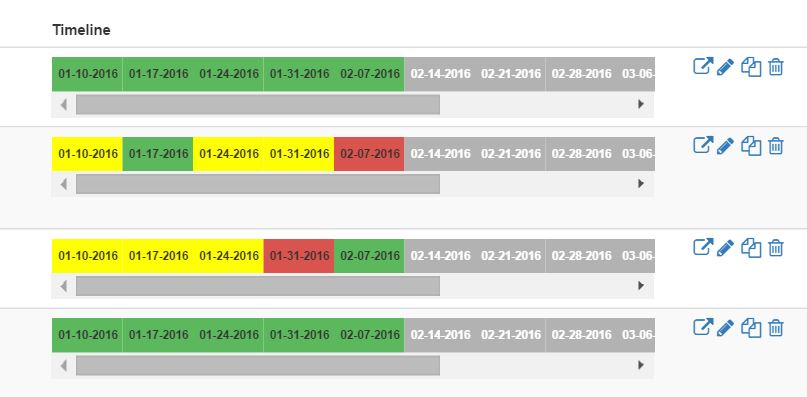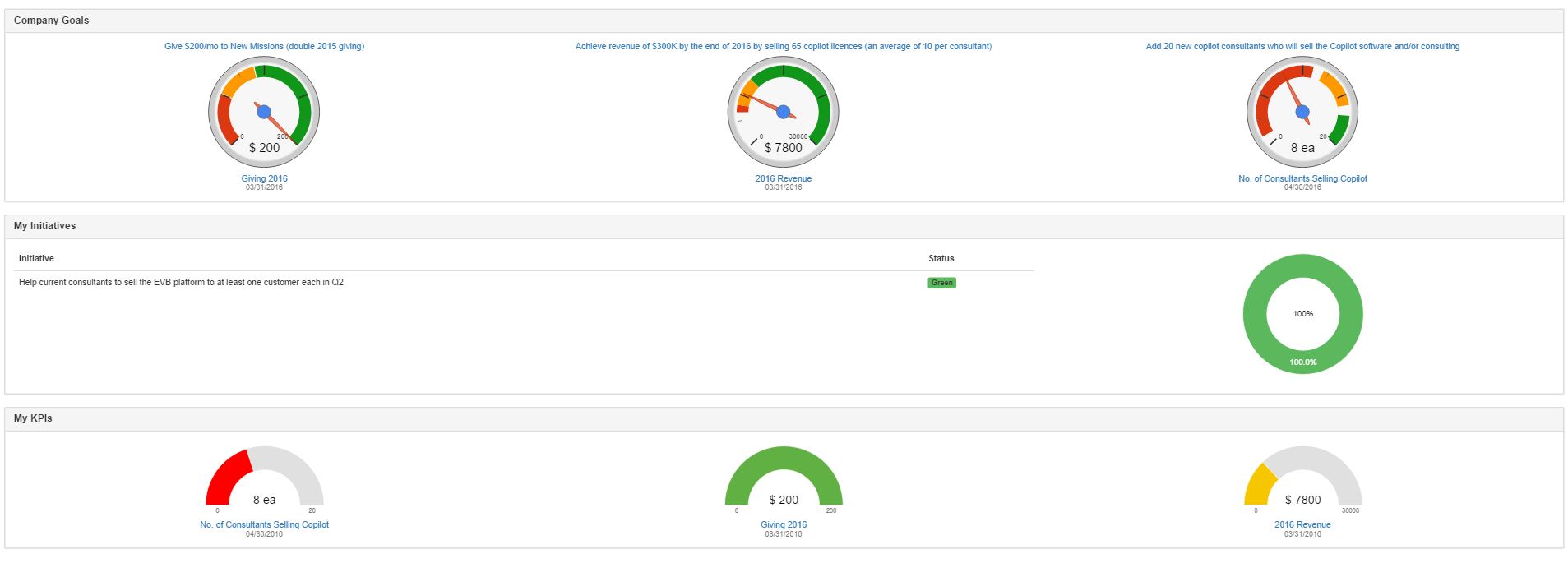A recent article in HBR, brought to light an issue which I’ve seen surface in many small businesses. Everyone is SO busy, yet this busyness is not translating into results.
Productivity defined
Productivity is defined as “the amount of value produced divided by the amount of cost (or time) required to do so”.
Let’s take an accountant for example. An accountant bills a certain amount per hour for their time. Let’s say they charge $150/hr. They only have a limited amount of hours to work. Let’s say they work 40 hours per week for 48 weeks (I subtracted out 2 weeks for vacation and 2 weeks for holidays and sick time). That’s 1920 hours per year. Let’s also assume that there is a bit of administrative work that they need to do so they really only work on billable projects 80% of the time. This means that the total revenue they can expect to generate is 1920hrs*80%*$150/hr. = $230,400 per year.
Now in this example, the productivity is pretty easy to measure since there is a direct correlation between the accountant’s billable time and the “value produced”
For an accountancy to drive results, they need to make sure that each billable employee is hitting their billable goals. It’s pretty straightforward.
What about your employees’ productivity?
Many times there is not a 1:1 relationship between an employee’s work and the value that is created. It’s not all that obvious and needs to be clarified for each employee.
According to the HBR article, “technology has enabled massive personal productivity gains — computers, spreadsheets, email, and other advances have made it possible for a knowledge worker to seemingly produce more in a day then was previously possible in a year”. You would expect that overall labor productivity should be skyrocketing.
The fact is, it’s not. U.S. government data suggests overall labor productivity has only grown 1-2% per year despite all this great new technology.
So what is happening? Why are workers supposedly more productive? I would submit that while employees are more productive (meaning they are able to get more stuff done each day), their day to day activities are not linked to the things which truly move the needle for the business. The employees may be incredibly busy almost to the point of tears, but are they working on the right things?
In a recent Andy Stanley leadership podcast, Stanley interviewed Popeyes CEO Cheryl A. Bachelder. When Bachelder took over as CEO, Popeyes was in dire need of a turnaround. The new CEO cast a bold vision for the company, then began by articulating seven goals that the company should be focused on.
According to Bachelder, “the people always know what’s wrong in an organization, but it is the leader that has to call out the vital few things that are going to change the future performance and the people wait for the leader to call it out.”
“Organizations do not take risks, leaders take risks”, said Bachelder. Leaders must decide and declare what is most important.
If the leader doesn’t do this, the people work on the 100 other things that are far less risky. The Popeyes employee were exceptionally busy (sound familiar) but not focused on the things that would drive performance for Popeyes.
What’s a leader to do?
So based on these realities, what is a leader to do? How does a leader help their team be productive and not just busy?
- Communicate your vision to make sure your entire team understands where you are taking the business

Our product, allows you to enter your Core Values, Core Purpose or Mission and your BHAG into an easy you use web application which is accessible to ALL your employees.
Usually these components of your vision are inside a binder somewhere or up on a plaque on the wall.
Since this information is in a web application, employees can ask questions and you can communicate changes to strategy quickly. The result? Faster execution and more clarity around where you are leading your business.
Faster execution = faster progress.
- Clarify what success looks like over the next 12 months

Defining and communicating your vision is not all that is needed. You need to break down that vision into the top 3-5 things (goals) that are critical for success over the next 12 months. Again we’ve developed an easy to use application to help you track those goals, assign accountability for each goal and attach a KPI, making each goal measurable so there is no ambiguity. Did we reach our goal or not? You can even assign a red, yellow and green threshold for each KPI so you know at a glance if you’re on track or not.
- Ensure everyone on your team is aligned and contributing toward successful goal completion
Once you’ve clarified your vision and defined your top 3-5 company goals, you must ask each employee to develop individual initiatives. What specifically will THEY do to ensure the company is making progress on the top 3-5 goals?
 Not everyone can contribute to every company goal, so ask them to pick one or two that most closely aligns with their functional area. Where do they feel they can contribute the most? Check in with each employee weekly on their progress on each initiative. Our application allows you to create the initiatives, align them with company goals and set a red, yellow or green status on each. You can then use the technology to track 1 on 1’s.
Not everyone can contribute to every company goal, so ask them to pick one or two that most closely aligns with their functional area. Where do they feel they can contribute the most? Check in with each employee weekly on their progress on each initiative. Our application allows you to create the initiatives, align them with company goals and set a red, yellow or green status on each. You can then use the technology to track 1 on 1’s.
- Establish some KPIs (Key Performance Indicators) and review them monthly
 According to well know management consultant, engineer and author of the “Deming Cycle”, W. Edwards Deming, “The most important figures that one needs for management are unknown or unknowable, but successful management must nevertheless take account of them.”
According to well know management consultant, engineer and author of the “Deming Cycle”, W. Edwards Deming, “The most important figures that one needs for management are unknown or unknowable, but successful management must nevertheless take account of them.”
Tracking KPIs for many business owners is like getting a root canal. For that reason, we created a really simple KPI dashboard to allow small businesses to easily enter and track their most important KPIs and review them with their team.
to allow small businesses to easily enter and track their most important KPIs and review them with their team.
This is not rocket science, but it is critical if you want to ensure you are making progress.
Here are some next steps to make sure you’re making progress weekly…
{{cta(‘d202acae-7757-47b1-a48c-6226cbe6bf2a’)}}
